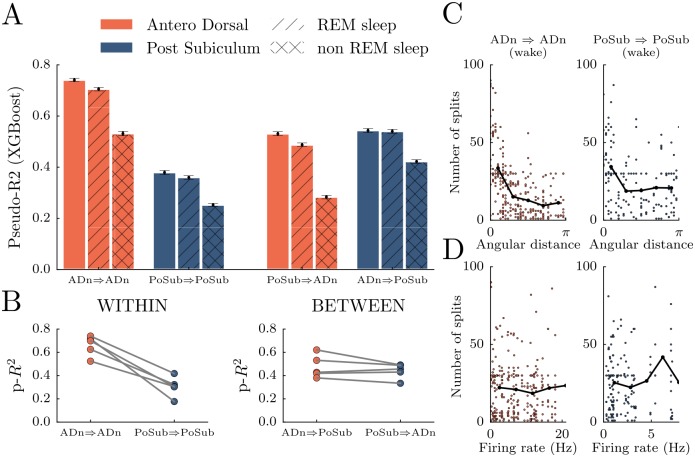Fig 4. Peer-prediction between ADn and PoSub.
A Two conditions were tested: prediction between neurons of the same population (ADn⇒ADn and PoSub⇒PoSub) and prediction using neurons of the other population (PoSub⇒ADn and ADn⇒PoSub). Only sessions with at least 7 neurons in each population were included (2 animals). Peer-prediction was then tested during wake (plain bars), REM sleep (dashed bars) and non-REM sleep (crossed bars) episodes. B To rule out the possibility that the difference in scores resulted from uneven number of recorded neurons, the score were recomputed using an equal number of neurons in each population (i.e by randomly selecting neurons within the largest group). C Number of splits of one feature neuron given its angular distance with the target neuron. D Number of splits given the mean firing rate of the feature neuron. Despite firing rate differences, all features neurons contributed.

